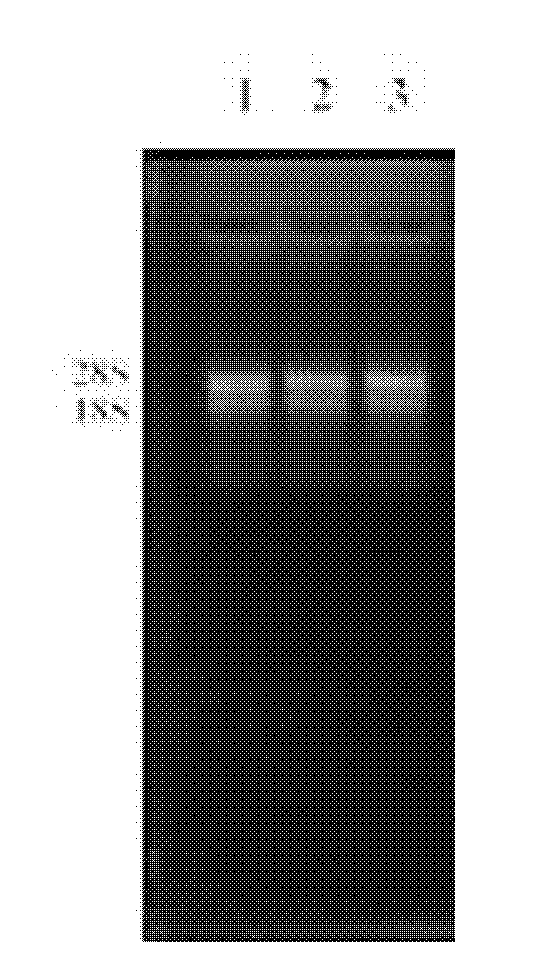Method for simultaneously extracting total DNA and RNA from compost
A composting and time-controlled technology, applied in the field of DNA and RNA extraction, can solve the problems of DNA and RNA extraction and purification obstacles, few methods for extracting DNA and RNA, and high cost of kit extraction, so as to reduce the impact of humus and increase yield and purity, the effect of avoiding mechanical damage to fragments
- Summary
- Abstract
- Description
- Claims
- Application Information
AI Technical Summary
Problems solved by technology
Method used
Image
Examples
Embodiment
[0033] First, take a sampling of the compost. The compost used in this example was taken from a 20L experimental-scale composting device. The compost was composted from straw, vegetable leaves, bran, and soil in a mass ratio of 11:3:2:8. The sampling point was 3 cm below the surface of the compost. Take three samples (numbered 1, 2, and 3 respectively), each sample is 1g, the sampling time is 5d after composting, the temperature is 38°C, the pH value is 7.82, the moisture content is 62%, and the organic matter content is 61.3%.
[0034] The method of the present invention is used to extract and purify the total DNA and RNA of the composting microorganisms for the above-mentioned composting samples, which specifically includes the following steps:
[0035]1. Decorrosion of the sample
[0036] To each compost sample (1 g), add 10 ml of pre-cooled decontamination buffer, and then place it on a vortex shaker to fully shake and mix for 60 s (30-60 s), and let stand on ice for 10 s...
PUM
 Login to View More
Login to View More Abstract
Description
Claims
Application Information
 Login to View More
Login to View More - R&D
- Intellectual Property
- Life Sciences
- Materials
- Tech Scout
- Unparalleled Data Quality
- Higher Quality Content
- 60% Fewer Hallucinations
Browse by: Latest US Patents, China's latest patents, Technical Efficacy Thesaurus, Application Domain, Technology Topic, Popular Technical Reports.
© 2025 PatSnap. All rights reserved.Legal|Privacy policy|Modern Slavery Act Transparency Statement|Sitemap|About US| Contact US: help@patsnap.com


